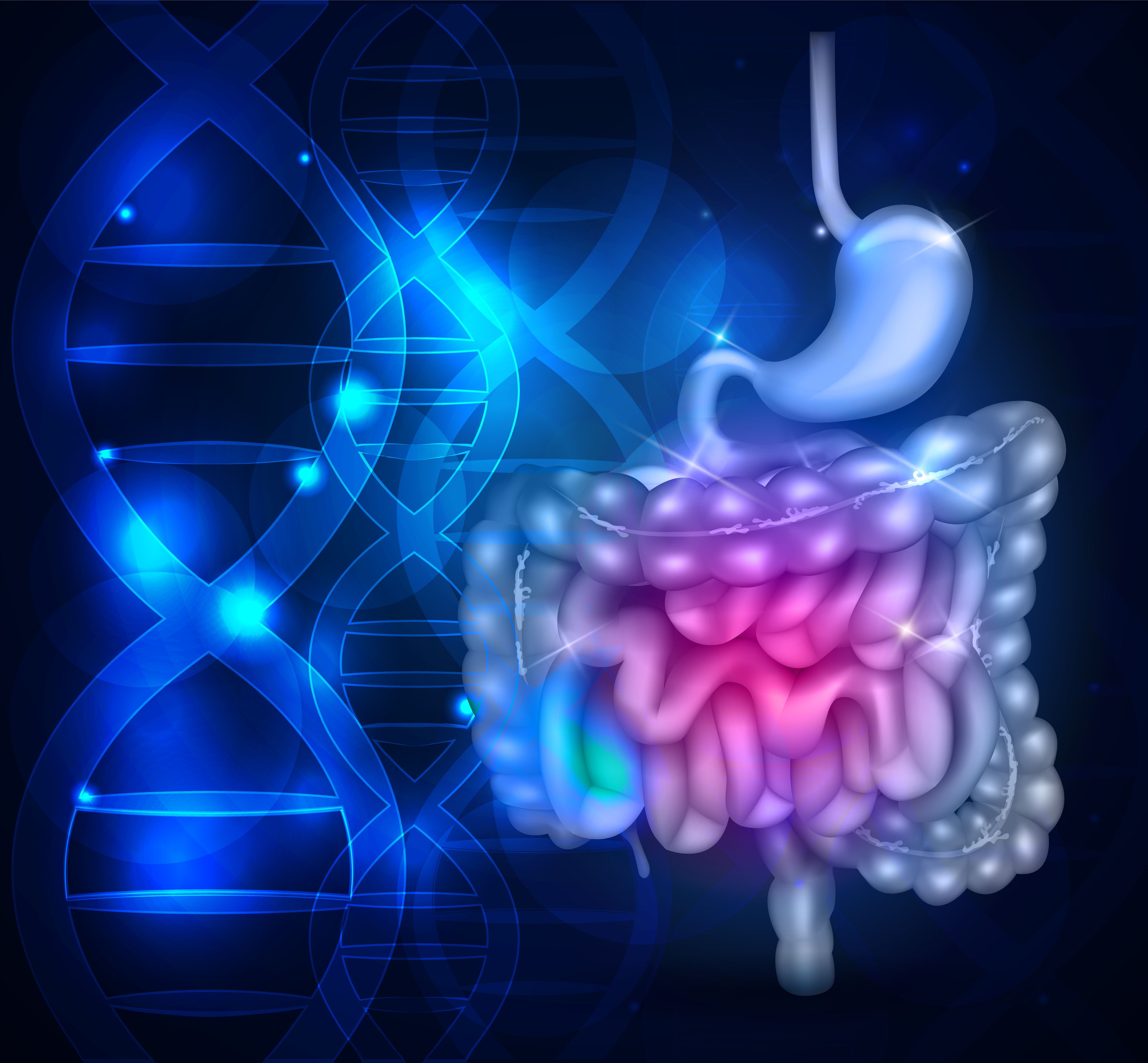KEYNOTE-859 Supports Pembrolizumab/Chemo in Frontline Gastric Cancer
Phase 3 KEYNOTE-859 trial data favor pembrolizumab plus chemotherapy over chemotherapy alone in the frontline setting for metastatic or unresectable gastric or gastroesophageal junction cancer.
Pembrolizumab (Keytruda) plus fluoropyrimidine and platinum chemotherapy produced clinically meaningful and statistically significant improvements in survival vs chemotherapy/placebo in the frontline treatment of patients with HER2-negative, locally advanced, unresectable or metastatic gastric or gastroesophageal junction adenocarcinoma, according to findings from the phase 3 KEYNOTE-859 trial (NCT03675737) presented at the February 2023 European Society for Medical Oncology (ESMO) Virtual Plenary.
“The benefit of adding pembrolizumab to chemotherapy emerged early and was durable…. [the addition] provided benefit regardless of region of enrollment, choice of chemotherapy, primary tumor location, or histologic subgroup," according to the presenting author of the phase 3 KEYNOTE-859 trial.

Pembrolizumab plus chemotherapy yielded 12-month and 24-month overall survival (OS) rates of 52.7% and 28.2%, respectively, compared with 46.7% and 18.9% in the placebo arm. Median OS was 12.9 months (95% CI, 11.9-14.0) with pembrolizumab vs 11.5 months (95% CI, 10.6-12.1) with placebo (HR 0.78; 95% CI, 0.70-0.87, P <.0001).
Moreover, median progression-free survival (PFS) was 6.9 months (95% CI, 6.3-7.2) in the pembrolizumab arm vs 5.6 months (95% CI, 5.5-5.7) in the placebo arm. The 12-month PFS rate with the pembrolizumab combination was 28.9% vs 19.3% with placebo; the 24-month rates were 17.8% and 9.4%, respectively (HR 0.76; 95% CI, 0.67-0.85, P <.0001).
The median follow-up was 31.0 months (range, 15.3-46.3).
“Gastric cancer is still [has] a large morbidity and mortality burden worldwide. Despite available treatments, the 5-year survival rate for [patients with] advanced or metastatic gastric cancer is less than 10%,” presenting author Sun Young Rha, MD, said during the presentation. “The benefit of adding pembrolizumab to chemotherapy emerged early and was durable…. [the addition] provided benefit regardless of region of enrollment, choice of chemotherapy, primary tumor location, or histologic subgroup.”
Rha is a professor of medical oncology in the Department of Internal Medicine and director of the Songdang Institute for Cancer Research at the Yonsei University College of Medicine in Seoul, Korea.
The randomized, double-blind KEYNOTE-859 trial included 1579 patients in the intention to treat population, of whom 785 were treated with pembrolizumab/chemotherapy and 787 were treated with placebo/chemotherapy. Patients who received the experimental regimen underwent a median of 9 treatment cycles, and those who received placebo underwent a median of 8.
More patients completed the treatment in the experimental arm (n = 60) than in the placebo arm (n = 24). Additionally, 40 patients remain on treatment in the experimental arm vs 21 in the control arm.
The median patient age was 61 years (range, 23-86) in the pembrolizumab arm and 62 years (range, 21-85 years) in the placebo arm. Across both arms, most patients were male (66.7% vs 68.9%), most had adenocarcinoma of the stomach (81.0% vs 76.4%) rather than the gastroesophageal junction (18.9% vs 23.4%), and most had an ECOG performance status of 1 (64.4% vs 61.9%).
In terms of other findings, the experimental cohort achieved an objective response rate (ORR) of 51.3% (95% CI, 47.7%-54.8%) vs 42.0% (95% CI, 38.5%-45.5%) with placebo (P = .00009). This included a partial response rate of 41.8% in the experimental arm and 35.7% in the control arm and a complete response rate of 9.5% and 6.2%, respectively.
The median duration of response was 8.0 months in the experimental arm vs 5.7 months with placebo.
Nearly all patients in the experimental and control arms, respectively, experienced any-grade treatment-related adverse effects (TRAEs; 95.7% vs 93.5%) and high-grade TRAEs (59.4% vs 51.1%). Of note, the pembrolizumab treatment did not increase the likelihood of TRAEs leading to death—1% in the pembrolizumab arm vs 2% in the placebo arm.
The most common any-grade treatment-related AEs in the pembrolizumab and placebo arms, respectively, were nausea (41.4% vs 41.4%), diarrhea (32.1% vs 27.2%), and anemia (31.0% vs 26.9%).
Any-grade immune-mediated AEs occurred in 27.1% and 9.3% of patients in the pembrolizumab and placebo arms, respectively, 7.9% and 1.7% of which were grade 3 to grade 5. The most common toxicities in each arm were hypothyroidism (15.3% vs 4.3%), hyperthyroidism (5.6% vs 1.7%), and colitis (3.3% vs 0.9%).
“Overall, our data support the combination of pembrolizumab and chemotherapy as a new treatment option for this patient population,” Rha concluded.
Reference
Rha SY, Wyrwicz LS, Yañez-Weber PE, et al. Pembrolizumab (pembro) plus chemotherapy (chemo) as first-line therapy for advanced HER2-negative gastric or gastroesophageal junction (G/GEJ) cancer: phase III KEYNOTE-859 study. Presented at ESMO Virtual Plenary; February 16-17, 2023. Accessed February 16, 2023.